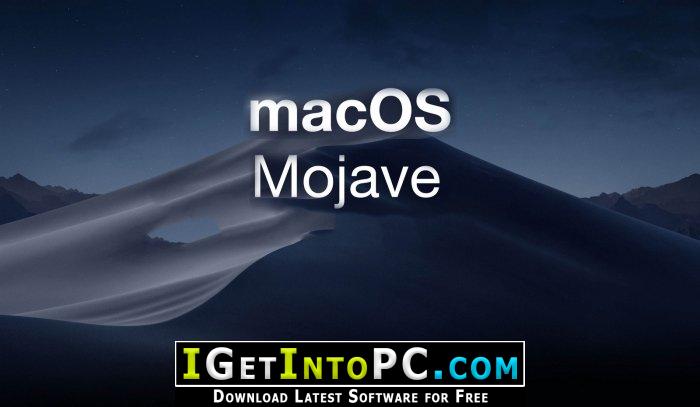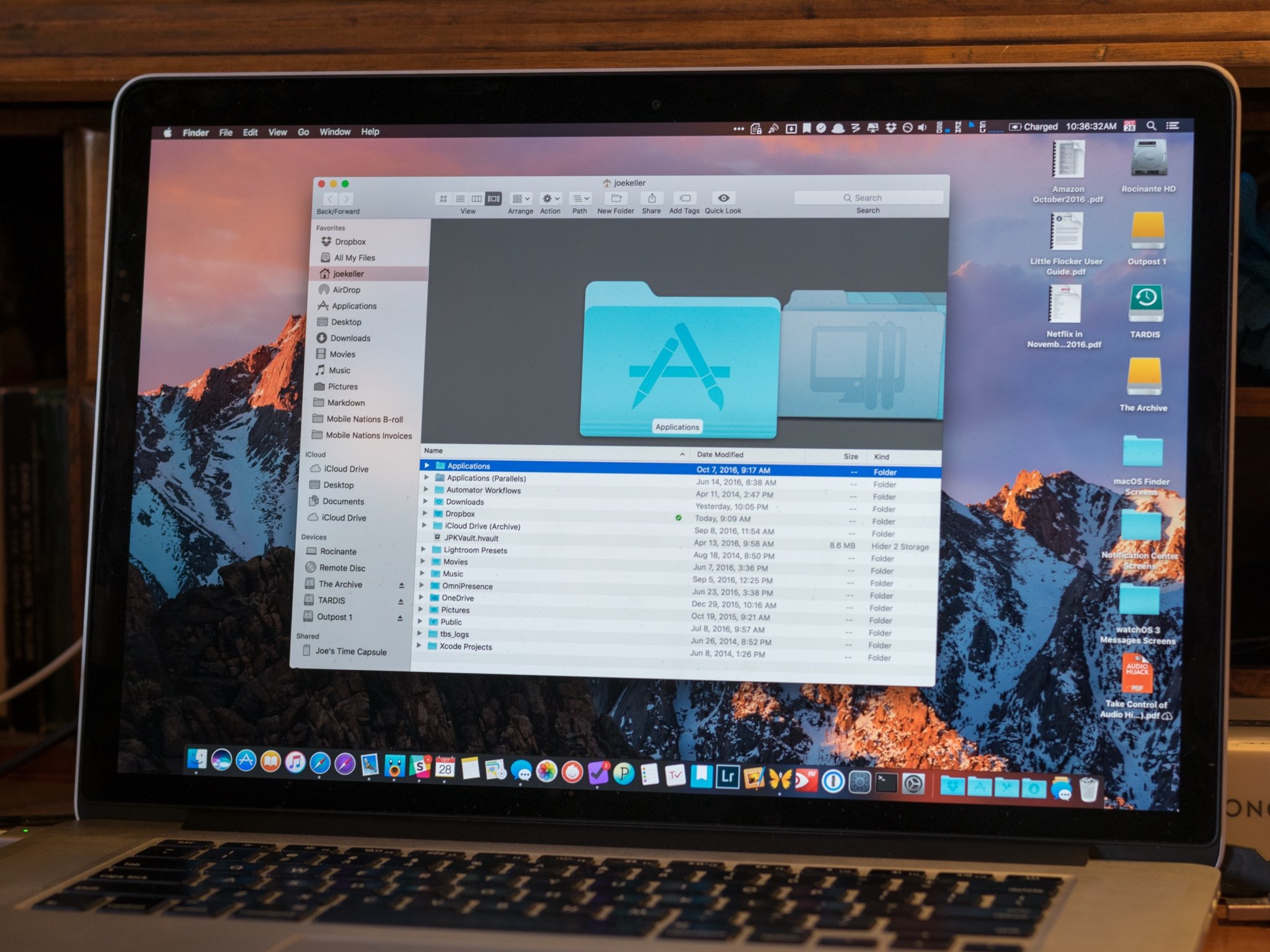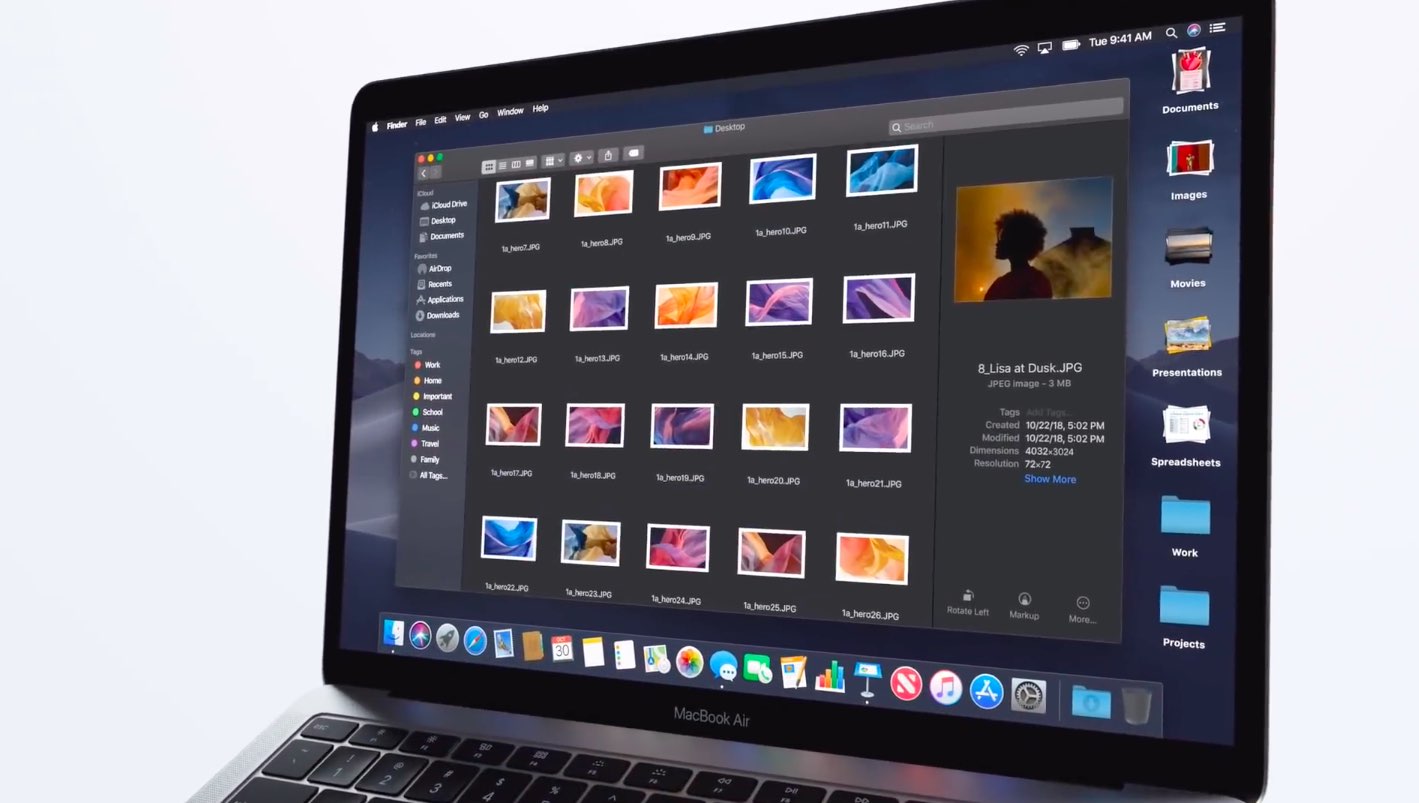The last official version of macOS 10.14 Mojave, the most recent operating system for both Macs and MacBooks, has already been published, and it in this manual we will show you how you can download and install it safely and securely.
Considering that Apple announced macOS 10.14 Mojave before this season, lots of people have been testing out the beta versions of the operating platform. They've been checking out the newest features and reporting on any bugs or problems they've struck.

In the image below you can see that VM Tools is not installed. You can set the screen resolution of. Mojave is the code name for the latest macOS 10.14, which was first released to the publish on 24 September 2018, although version 10.14.1 arrived on 30 October and on 22 January 2019 version 10.14.3 bought some necessary security updates. Prior the launch of Mojave the most recent version of macOS was the macOS 10.13.6 High Sierra update.
This usually means the last version of macOS 10.14 Mojave will probably be mainly free of showstopping bugs, which means you need to have the ability to download and then install it without difficulty.

However, since the operating system is so fresh, there might be a few macOS 10.14 Mojave problems that are nevertheless present. If you are concerned, it can be worth waiting a couple of weeks so that the problems are fixed.
In spite of no problems, upgrading to a new operating system is a significant task, so ensure to follow our guidance in this guide about the best way best to download and install macOS 10.14 Mojave. It may help save you precious time and frustration later.
Should you experience any problems after installing the operating system, then see our guide on the way to mend macOS 10.14 Mojave problems.
Can your Mac run macOS 10.14 Mojave?
Before you start to download the macOS 10.14 Mojave, then you ought to ensure that your Mac can run the software. Apple has stated that macOS 10.14 will run on each Mac released from 2012 onwards, so in the event that you own Macs from earlier then, you are out of luck.
But, Apple has stated that Mac Pro models from 2010 and 2012 will be supported, but maybe not immediately. You might need to wait till a subsequent beta version.
- MacBook (Early 2015 or newer)
- MacBook Pro (Mid 2012 or newer)
- MacBook Air (Late 2012 or newer)
- Mac mini (Late 2012 or newer)
- iMac (Late 2012 or newer)
- Mac Pro (Late 2013 or newer, or older models with Metal-compatible GPU)
- iMac Pro (2017)
Backup your Mac before upgrading to macOS 10.14 Mojave
At any time you update your operating system -- and particularly when you're trying out a new operating system that has only been published -- we highly recommend backing up the files on your Mac, so if anything goes wrong you can quickly restore your system to its previous working sequence.
Before you download and install macOS 10.14 Mojave, ensure that your Mac is backed up. For information about how to do so, head on to our ultimate guide to backing up your Mac.
How to download macOS 10.14 Mojave
It is possible to download and install macOS 10.14 Mojave in the App Store in your Mac. Open the App Store on your present version of macOS, then search for macOS Mojave.
Click the button to install, and if a window appears, click'Continue' to start the process.
You might even stop by the macOS Mojave website, that features a download link for installing the software onto compatible devices. This may download macOS Mojave in your Applications folder. Once done, the installer will start, and you'll be able to follow the onscreen directions to install macOS Mojave in your Mac.
You may be asked to sign up in an administrator account and password through the process, so be certain that you have those to hand.

Download Macos Mojave 10.14 Iso
- These are our top 50 best Mac tips

Download Mac Os Mojave 10.14 Vmdk
